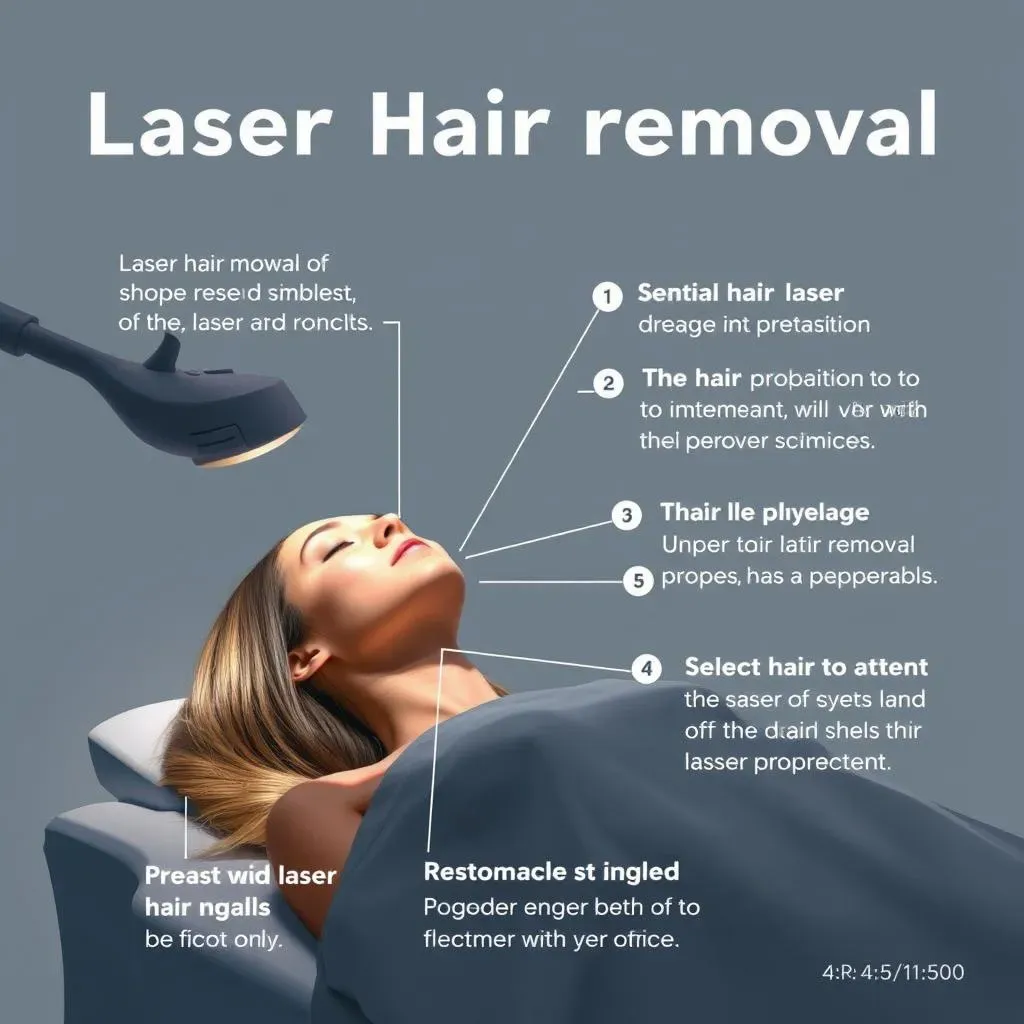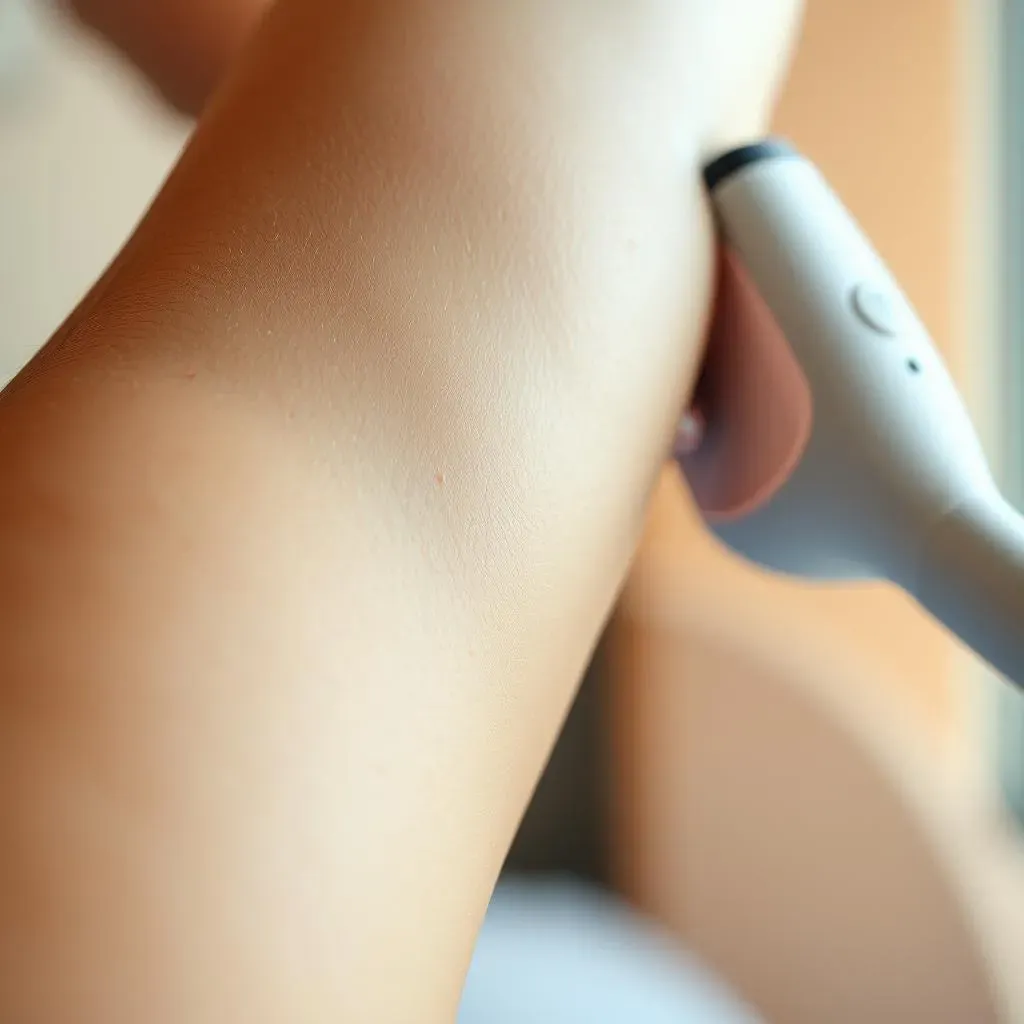Table of Contents
Are you considering laser hair removal but are concerned about the potential pain involved? You're not alone. Laser hair removal pain is a common concern for many individuals looking to rid themselves of unwanted hair. In this article, we'll explore the topic of laser hair removal pain, discussing what to expect, how to minimize discomfort, and alternative solutions. We'll delve into the various factors that contribute to laser hair removal pain, such as skin type, hair thickness, and treatment area. By understanding the causes and effects of laser hair removal pain, you'll be better equipped to make an informed decision about this popular cosmetic procedure. Whether you're looking to remove hair from your face, body, or sensitive areas, this guide will provide you with the necessary information to navigate the process with confidence, and help you understand what laser hair removal pain is all about.
Laser Hair Removal Pain: What to Expect

Laser Hair Removal Pain: What to Expect
When it comes to laser hair removal, one of the most common concerns is the level of pain involved. Laser hair removal pain can vary from person to person, depending on several factors such as skin type, hair thickness, and treatment area. Generally, the pain is described as a mild stinging or snapping sensation, similar to a rubber band being snapped against the skin. Some areas, such as the face, neck, and bikini line, may be more sensitive and prone to discomfort, while others, like the legs and arms, may be less painful.
According to Dr. Emily Chen, a dermatologist specializing in laser hair removal, "The pain associated with laser hair removal is usually temporary and subsides quickly after the treatment." To help manage any discomfort, numbing creams or cooling devices can be used. It's essential to discuss any concerns or pain tolerance with your practitioner before undergoing treatment. By understanding what to expect and taking the necessary precautions, you can minimize any potential pain and achieve smooth, hair-free skin.
Area of Treatment | Pain Level | Description |
|---|---|---|
Face and Neck | Moderate to High | Thin skin and sensitive areas may cause more discomfort |
Bikini Line | Moderate to High | Sensitive area with thicker hair may cause more pain |
Legs and Arms | Low to Moderate | Thicker skin and less sensitive areas may cause less discomfort |
Minimizing Laser Hair Removal Pain: Tips and Precautions

Minimizing Laser Hair Removal Pain: Tips and Precautions
Pre-Treatment Precautions
To minimize laser hair removal pain, it's essential to take certain precautions before the treatment. This includes avoiding sun exposure, waxing, and tweezing for at least two weeks prior to the procedure. Additionally, it's recommended to shave the area to be treated a day or two before the treatment to ensure the laser can effectively target the hair follicles. By following these guidelines, you can help reduce the risk of complications and discomfort during the treatment.
It's also crucial to discuss any medical conditions, such as sensitive skin or keloid scarring, with your practitioner before undergoing treatment. They can provide personalized advice and recommendations to ensure a safe and effective treatment. As Dr. Sarah Taylor, a dermatologist, notes, "Proper preparation and communication with your practitioner are key to minimizing laser hair removal pain and achieving optimal results."
Pre-Treatment Tips | Description | Importance |
|---|---|---|
Avoid sun exposure | Prevents skin darkening and reduces risk of complications | High |
Shave the area to be treated | Allows for effective targeting of hair follicles | Medium |
Discuss medical conditions with practitioner | Ensures safe and effective treatment | High |
During and After Treatment
During the treatment, your practitioner may use various techniques to minimize discomfort, such as using a cooling device or applying a topical anesthetic cream. After the treatment, it's essential to follow the practitioner's instructions for post-treatment care, which may include applying a topical cream or avoiding certain activities. By following these guidelines, you can help reduce the risk of complications and promote smooth, hair-free skin.
As you consider laser hair removal, remember that it's a safe and effective procedure when performed by a qualified practitioner. By taking the necessary precautions and following the recommended guidelines, you can minimize laser hair removal pain and achieve the desired results. As Dr. John Lee, a dermatologist, notes, "Laser hair removal is a highly effective treatment for unwanted hair, and with proper preparation and care, it can be a virtually pain-free experience."
- Avoid scratching or rubbing the treated area
- Apply topical creams or gels as directed by practitioner
- Avoid strenuous activities and direct sun exposure for at least 24 hours
Managing Laser Hair Removal Pain: Alternatives and Solutions

Managing Laser Hair Removal Pain: Alternatives and Solutions
Alternatives to Laser Hair Removal
For those who are concerned about laser hair removal pain or are looking for alternative solutions, there are several options available. These include waxing, sugaring, threading, and depilatory creams. While these methods may not provide the same long-term results as laser hair removal, they can be effective for temporary hair reduction. It's essential to weigh the pros and cons of each method and consider factors such as skin type, hair thickness, and personal preferences when choosing an alternative.
As Dr. Michael Davis, a dermatologist, notes, "Alternative hair removal methods can be a good option for those who are sensitive to laser hair removal or have certain skin conditions." However, it's crucial to follow proper techniques and precautions to avoid complications and ensure safe and effective results.
Alternative Hair Removal Methods | Description | Pain Level |
|---|---|---|
Waxing | Removes hair from the root | Moderate to High |
Sugaring | Similar to waxing, but uses a sugar-based paste | Moderate to High |
Threading | Uses a thread to remove hair from the root | Low to Moderate |
Solutions for Managing Laser Hair Removal Pain
For those who still wish to undergo laser hair removal, there are several solutions available to manage pain and discomfort. These include topical anesthetics, cooling devices, and pain-relieving medications. It's essential to discuss these options with your practitioner before the treatment to determine the best course of action for your individual needs.
As Dr. Sophia Patel, a dermatologist, notes, "Topical anesthetics can be an effective way to manage laser hair removal pain, but it's crucial to follow the recommended dosage and application instructions to avoid any adverse effects." Additionally, some practitioners may offer specialized pain-management techniques, such as nerve blocks or sedation, for more extensive or sensitive treatments.
- Topical anesthetics: applied to the skin before treatment to numb the area
- Cooling devices: used to cool the skin during treatment, reducing discomfort and pain
- Pain-relieving medications: prescribed by a practitioner to help manage pain and discomfort after treatment
Post-Treatment Care and Follow-Up
After undergoing laser hair removal, it's essential to follow proper post-treatment care and follow-up instructions to ensure optimal results and minimize the risk of complications. This may include applying topical creams or gels, avoiding certain activities, and attending follow-up appointments with your practitioner.
As Dr. Rachel Kim, a dermatologist, notes, "Proper post-treatment care is crucial to achieving the best possible results from laser hair removal and reducing the risk of side effects." By following these guidelines and attending follow-up appointments, you can help ensure a safe and effective treatment and achieve the smooth, hair-free skin you desire.
Post-Treatment Care Instructions | Description | Importance |
|---|---|---|
Apply topical creams or gels | Helps to soothe and calm the skin | High |
Avoid certain activities | Reduces the risk of complications and promotes healing | Medium |
Attend follow-up appointments | Ensures optimal results and addresses any concerns or issues | High |
